|
Many will be aware that the old public toilets on Harbour Wynd in Lower Largo have recently undergone a striking transformation into a modern home. When I wrote a post about the site three years ago, it had just been auctioned off by Fife Council (who had no further use for the building that had latterly been used as a street sweeper's bothy or refuge). For those of you that haven't been to Largo for some time and might be curious as to what happened next - there is an episode of the BBC's 'Homes Under the Hammer' currently available on iPlayer that showcases the transformation (series 20, episode 51). If you don't catch this over the next couple of weeks, a few stills from the episode below give a flavour of the story. The images above show the 'before' footage, with the presenter climbing the path up from the harbour to cast an unconvinced eye over the bothy in its run-down and rather poky state. While below are some scenes from the 'after' part of the programme. The transformation was more of a demolition-and-start-from-scratch in the end but is none the less an impressive result given the awkward site. And so an eyesore is replaced with a modern building that opens up access to a stunning view of the viaduct and harbour. Hats off to those that had the vision to do this and thank you for sharing your journey!
2 Comments
 The Law Restaurant was first proposed in 1966 and plans were drawn up for S. & A. Forte, whose family also had the Rio Cafe close to Largo Harbour. The site for the restaurant was the corner of Largo Road (the A915) and Durham Wynd (formerly known as Donaldson's Wynd). Being so close to a busy main road, it was anticipated that many customers would be arriving by car and so plans included 25 car parking spaces (see site plan). A decade later, when the restaurant had new ownership, alterations were made to the buildings. This included a new extension that acted as a public bar. The internal layout is shown below and shows features such as a soundproof sliding partition. This allowed the main space to be used either as separate bar and dining facilities or as one large space for functions.  The Law continued thorough the seventies and into the eighties. The advert here dates to 1985, where meals, music and dancing were on offer, along with a special Mother's Day menu. Unfortunately, the place came to a sudden end in 1986. During a power cut, a candle started a fire which developed into a destructive blaze. The site was developed a couple of years later by Muir homes and is now known as Donaldson's Court. Do you have memories of The Law? Please comment. The above site plan and detailed layout plan below date from 1972. These plans were referred to as the '5th Development' in Lower Largo, as they followed on from the earlier waves of council housing beginning in the late 1930s with the creation of the west part of Station Park. The following year the completed development was named 'Durham Gardens'. Of course now the whole of the area to the north of here up to the main road has been developed too. But, until shortly before this development took place, the old toll cottage still stood alongside Harbour Wynd. And adjacent to Durham Wynd was a restaurant named 'The Law'.
The toll cottage was demolished around this time but its existence is remembered in the name given to the new street of houses built on the site - 'Toll Court'. The photograph at the foot of this post was taken in 1989 when Toll Court was under construction. Today a new wave of house building is taking place at the opposite side of Durham Wynd from Durham Gardens, of around sixty dwellings being marketed as 'Selkirk Grove'. On 3rd November 1937 the Dundee Courier reported on how a meeting of the Public Health Committee of Fife Council in Cupar criticised the National Trust for Scotland and their recommendations. The NTS requested that any houses on the list for potential demolition or reconditioning which had architectural, historic or artistic interest be run past them and "every endeavour should be made to preserve" such buildings. However, in the case of one particular house in Lower Largo, the committee "recommended that no undertaking should be accepted, that a demolition order should be made". One member stated that "the National Trust for Scotland had scheduled all sorts of absurd houses" and in the case of this house "its only feature was that it had an outside stair" and "it was a little ridiculous to preserve old houses for that reason". The plan to proceed towards demolition was approved. Looking back at this decision today, it seems pretty harsh and perhaps short-sighted to not be more open to preserving the past. However, such buildings were probably seen to be standing in the way of progress and improvement. Today the same newspaper is reporting a fire at the empty Lundin Links Hotel (see image below). This is sad news and leaves uncertainty over the future of an important local landmark. No doubt many will be despondent and left wishing that more had been done to preserve this historical building. Others will view it as a chance for a fresh start. Only time will tell what will happen to the hotel site. In decades to come, I wonder what will people make of the decisions of the present. Image: Tom Aitken 19 Nov 2016. Story reported STV news and Dundee Courier
The above postcard showcases Lower Largo's Station Park residential area. The first phase of building took place here in the late 1930s on the west part of the site (just north of Largo Station). The top left image (enlarged below) shows some of the first phase housing and features a delivery van bearing the name 'Reform Co-op Leven', parked outside a beautifully manicured garden.
The Fife Free Press of 29 February 1936 reported that "Largo is soon to be in the fashion and have its quota of council houses" with over 30 houses planned between both Upper and Lower Largo. The same paper, on 27 June 1936, noted that "prospective tenants for the long-promised County Council housing scheme in Largo locality are anxiously awaiting a definite start being made to provide these houses. The fact that so far no evidence exists at the proposed sites of the actual work being commenced is causing some of the residents to wonder whether the scheme will ever materialise." However, by the end of 1937, tenders were advertised for the roadways and sewer works on the west Station Park site (see notice below from 3 December Dundee Courier). This was followed a year later with a notice inviting tenders for the actual building work (see further below) for 22 houses. The later phase of Station Park was added some years later (1947) and extended the development east towards the Durham Hall (see image at foot of this post). Fifty houses were added in the second phase, which was part of a large-scale, post-war house building programme across Fife at the time. The Largo war memorial was unveiled in 1921 with 51 names inscribed on 3 panels. One of those names was Private Peter Melville of Black Watch. Born in Largo in 1884 to fisherman David Melville and his wife Elizabeth (nee Ballingall), by the time that Peter enlisted in Kirkcaldy his parents had both passed away. Father, David, had drowned at sea in February 1896, along with his brother and brother-in-law, leaving a family of eight (mostly grown up).
In September 1917 it was Peter's elder brother Alexander Melville, a gents' outfitter on Kirkcaldy High Street, who received news from France. The Fife Free Press reported on this "sorrowful intimation" which stated that Peter "had died on 26th August at a casualty clearing station In France from severe gunshot wounds". It was noted that "Private Melville had served his apprenticeship to the drapery trade with Mr G. S. Rodger Upper Largo thereafter gaining experience in Glasgow, Edinburgh and Dundee, and ultimately coming to Kirkcaldy to assist his brother, with whom, previous to joining the colours in October 1916, he had been for 11 years. Training in England, he sailed for France in the beginning of July. On his last visit to the town, he was in excellent health and spirits. The gallant soldier was a very lovable man and was highly popular among all classes. He was 32 years of age and unmarried." Private Peter Melville is pictured below. Life in mid-19th century Lundinmill starkly contrasted to life in the enlarged village of Lundin Links that would develop fifty years later. Weaving was the chief industry in this small settlement and the clatter of the hand loom would have emanated from many of the cottages. Bounded by the Keil Burn to the north and east, the village bleaching green lay to the south. Sometimes referred to as 'Upper Drummochie' owing to the importance of the harbour at Drummochie, the small settlement was better known as Lundinmill or Lundie Mill after the flour mill in its north east corner. Many cottages at that time would have had thatched roofs. The generous sized gardens would have been well-stocked with vegetables and many might have kept livestock. The local grocer would have had meagre supplies compared to today's standards - including salt herrings, clay pipes, sacks of oatmeal and barley, candles, gingerbread biscuits and tobacco, for example. The map below shows the 1850 layout of the village, with some key features annotated. 1. Bakery/Brewery 2. James White 3. Lundin Mill 4. Dunkirk 5. Paradise
6. Grocer's Shop 7. Weavers' Cottages 8. William Lindsay 9. Andrew Dall 10. James Methven The White (or Whyte) family farmed Lundinmill for three generations. The farm had houses associated with it to the south of the Keil Burn ('2') in addition to the later Lundin Mill Farmhouse to the north. James White was both farmer of 96 acres here and the millmaster. At '4' are Dunkirk Cottages, which date to c1720 and at '5' was Paradise Place - a row of cottages demolished in the 1960s. The tall and substantial building at '6' contained a grocer shop while the adjacent five low-level cottages at '7' would have been occupied by weavers. At '8' in 'View Bay' cottage lived William Lindsay a Sea Captain. Within that same vicinity was Alexander Tivendale the mason and at '9' was another mason - Andrew Dall. The Methvens had the feu in the south east corner of the village ('10') which was next to the bleaching green - this family contained both weavers and stone masons. In the image below of Lundinmill (taken around the turn of the century) highlighted are 1. grocer's shop; 2. Paradise Place; 3. Dunkirk Cottages; 4. the mill. There is much of c1850 Lundinmill left to see today, although now all residential. The previous post mentioned Walter Guthrie, the sailor-cum-innkeeper of Drummochy. Above is an advert for his packet service, dating to 1829. Printed in the Edinburgh Evening Courant on 26 February, the advert talks of how he transports goods between Leith and Largo on the 'Elizabeth and Isabella' (a representation of which is shown in the top left). Targeted at the merchants of Cupar and other nearby Fife towns, the offer was to transport goods to Leith, where a Mr Pattinson, wharf owner, would receive them.
Other newspaper references to this particular packet service show that it ran as early as 1824 (when Guthrie was only 17 years old) until at least 1836 when a James Finlay fell from the bowsprit of this packet ship into Largo harbour. Walter Guthrie himself continued his seafaring and goods conveyance for decades longer, although not necessarily on the same boat or on the same route. Pre-railway of course, this type of service offered an efficient means of sending merchandise longer distances. The Scotland's Places website gives the following description for Drummochy (captured c 1850): "Drummochy is an inhabited place in the parish of Largo. It was erected a burgh of barony in favour of Walter Lundy by James V on the 22nd of May 1540." So by the mid-19th century, Drummochy was already a long-established village. It's situation in the sheltered Largo Bay, adjacent to the junction of the Keil Burn and the Firth of Forth, on a slightly elevated position, would of course have made it an attractive place to settle. The words at the top of the post are taken from the 1826 'A Topographical Dictionary of the United Kingdom'. This shows that by then Drummochy had not only left behind the old salt industry but that the works and associated harbour had totally vanished. The flax-spinning mill, although on the opposite side of the burn, seemed to be considered part of Drummochy. The photograph below shows where the old 18th century harbour would have been (marked '1') and highlights the heart of old Drummochy (2). The Scotland's Places transcription goes on to say that c1850 there were around 20 houses in Drummochy, occupied by fishermen and weavers as well as "one public house but no shops or public buildings". Many of the residents of this tiny village circa 1850 were linen hand loom weavers or employees of the flax spinning mill. Some specific residents - marked on the map below - were:
John Brown (Plot 1 on map below) - gardener William Balfour (Plot 2) - weaver Alexander Watson (Plot 3) - tailor Walter Guthrie (Plot 4) - sailor and innkeeper Walter Guthrie is a particularly interesting individual. Born in 1807, by 1824 he is mentioned in the Fife Herald's shipping movements as coming in and out of Kirkcaldy harbour on the packet 'Elizabeth and Isabella'. A packet ship was one that regularly carried freight or passengers. In 1836 he is mentioned in the 24 November Fife Herald as being master of the packet 'Elizabeth and Isabella' with mentions of a trip to Leven for tar and another trip to Leith for 3 or 4 days. In 1841, he was described as 'Pilot Spirit Dealer' - meaning both someone who guides vessels along the coast and the local innkeeper. In 1851 his occupation in the census was 'sailor' and in 1861 'Seaman - Merchant Service' (again this was to do with the movement of goods). In 1871 he was 'Harbour Master and Vintner'. He died in 1876 aged 68 and was described as a vintner at that time. His parents were Henry Guthrie (a ship carpenter) and Betsy Lundie or Lundin (her parents were Robert Lundin and Helen Briggs) - all part of the clan Lundy/Lundie/Lundin and thus linked to the Walter Lundy noted at the start of this post! |
AboutThis blog is about the history of the villages of Lundin Links, Lower Largo and Upper Largo in Fife, Scotland. Comments and contributions from readers are very welcome!
SearchThere is no in-built search facility on this site. To search for content, go to Google and type your search words followed by "lundin weebly". Categories
All
Archives
July 2024
|




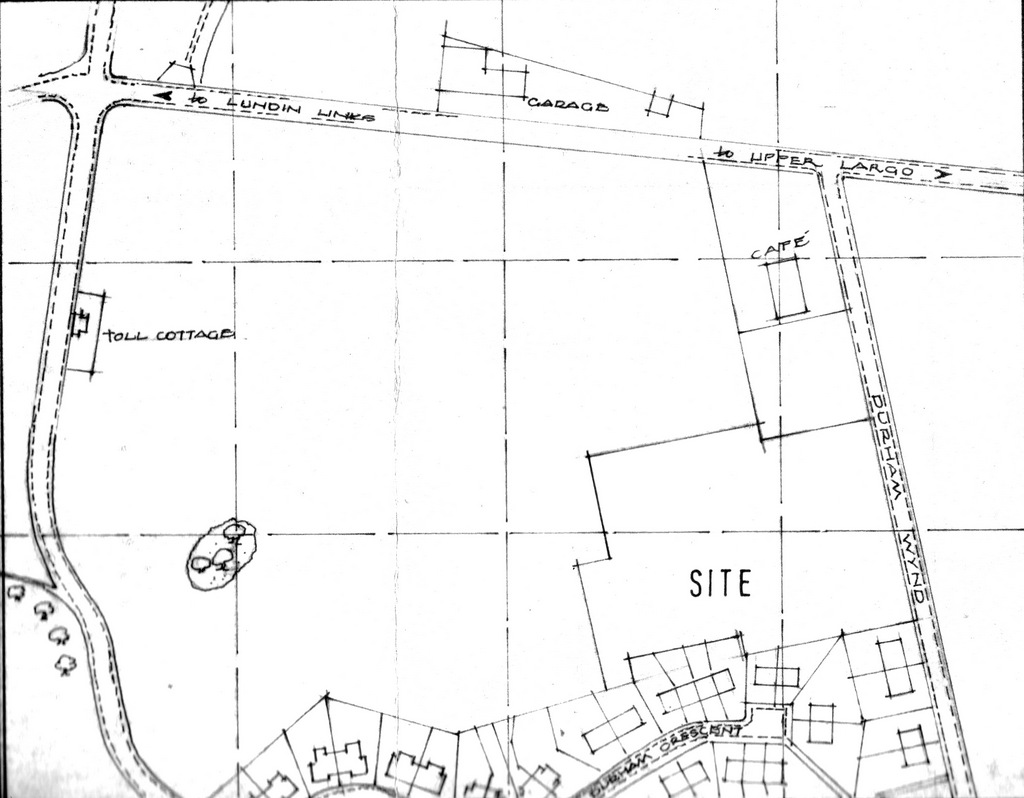

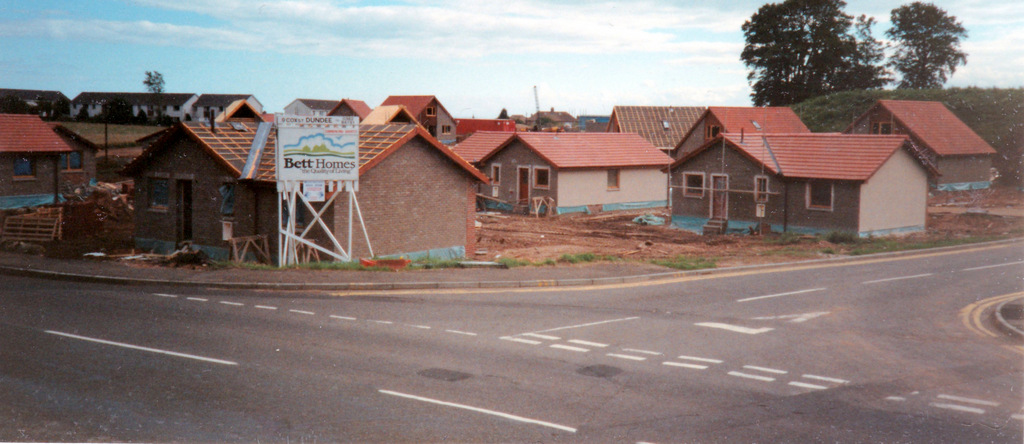




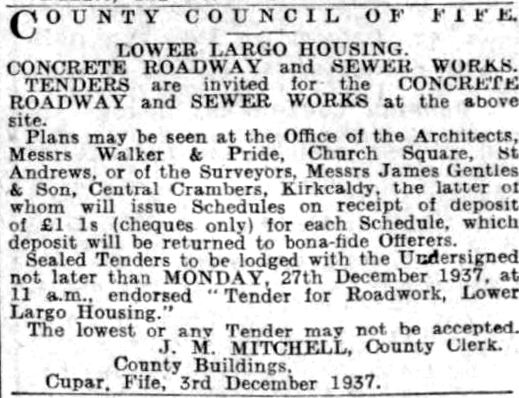




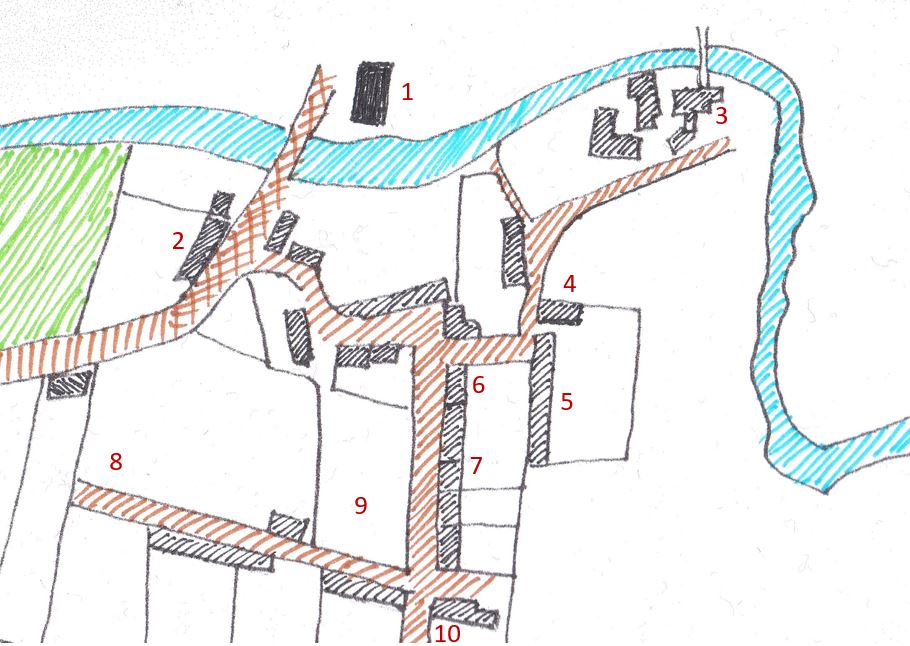

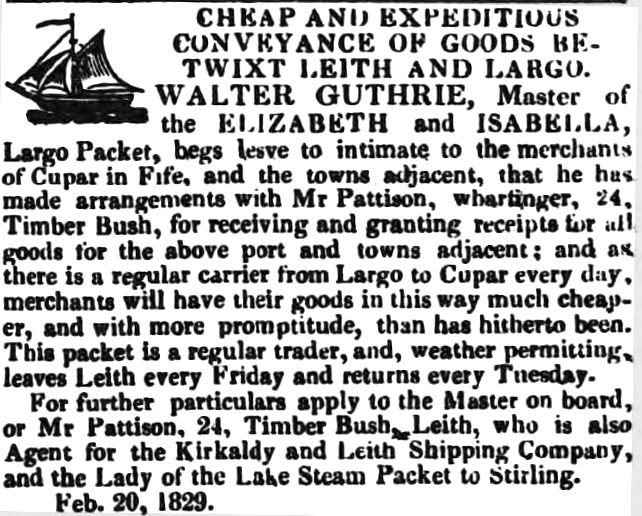



 RSS Feed
RSS Feed
